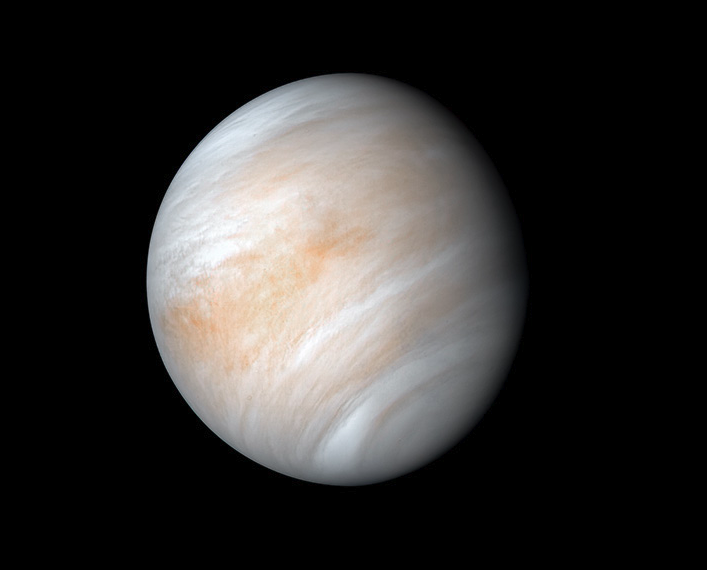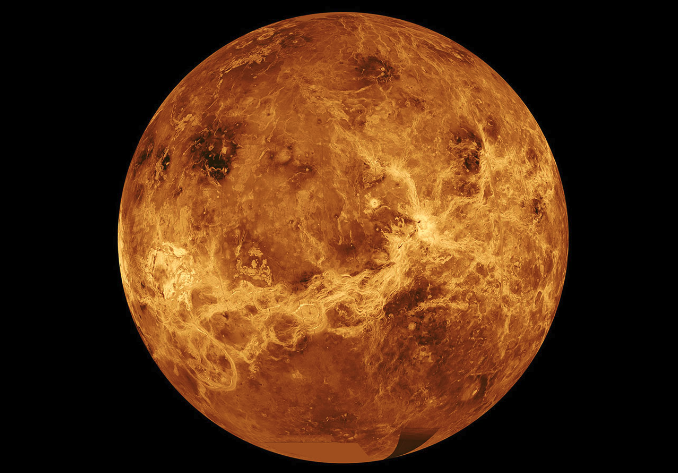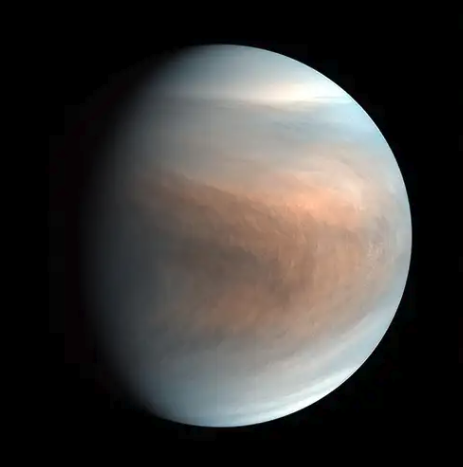Why Don’t We Explore Venus?
Table of Contents

An Overview of the Conditions on Venus
The physical environment on Venus is so horrific that humans can’t visit. Sulfuric rain, high temperatures, and crushing pressure do not equal a good place to visit.
Galileo observed the size and shape of Venus change over several months as it circled the sun. Watching through his telescope in 1610 Galileo discovered that Venus was a planet and not a star. Venus is discernible with the naked eye. The earliest humans that walked the Earth looked to the night skies and saw Venus.
Venus Firsts
- Mariner 2: Venus is the first planet visited by a spacecraft. Mariner 2 passed within 21,607 miles (34,773 km) of the planet on December 14, 1962. Mariner 2’s final data broadcast was on January 3rd, 1963. Today Mariner 2 orbits the sun.
- Venera 4 descent module transmitted atmospheric data in 1967
- Venera 7 landed on the planet in 1970 and transmitted data for 23 minutes.
- Mariner 10: Ultraviolet (UV) images captured for the first time.
- Verena 9/10: Captured first black and white images on the surface of Venus. Spacecraft survived for one hour.
- Verena 11/12: 1978 Spacecraft transmitted data for two hours.
- Venera 13/14: Transmission color images of the surface of Venus.
- 1980s-1990s: Radar mapping of the planet.
- Present: The Akatsuki is studying the chemistry and physics of the atmosphere.
- Future: Three new missions will begin within the next decade.
- DAVINCI: Orbiter and Probe (2029)
- VERITAS: Orbiter (2031)
- EnVision: Orbiter (2032)

Why hasn’t there been more exploration of Venus?
Venus is closer to Earth (24 million miles/38 million km) than Mars (34 million miles/54.5 km). So why hasn’t there been more exploration of Venus?
Even though Venus is our closest next-door neighbor, she isn’t very friendly!
| Mars | Venus | |
| Temp Low | -225°F/-123°C | 719°F/655 °C |
| Temp High | 70°F/20°C | 864°F/462 °C |
| Pressure (bar) | 0.016518 | 92 |
| Clouds | Ice Crystals | Sulfuric Acid |
| Wind | 20mph/32kph | 224mph/360kph |
Reasons to Not Visit Venus
- The temperature is hot enough to melt Lead, Zinc, and Aluminum.
- The pressure on the surface of Venus will kill humans very quickly.
- Good news! You’ll last about five seconds due to the pressure.
- Bad news! The surface temperatures will kill you in roughly one second.
- The pressure on the surface will collapse your spacecraft. You’ll need a spaceship akin to a submarine that can handle enormous pressures. (Plus, there’s still that pesky temperature to deal with!)
- The clouds on Venus contain Sulfuric Acid.
- There are wind storms on Mars, but Mars has a shallow atmospheric pressure. Venus’s thick atmosphere creates very intense windstorms

Why Should We Explore Venus?
Venus is Earth’s closest neighbor. Scientists believe that billions of years ago, Venus was very much like Earth. Venus is called Earth’s “twin” due to their similarities.
Examination of Venus’s formation process allows comparison between planets. Venus ended up as a hellish planet, yet Earth ended up as a planet filled with life. What made the difference between the two planets?
